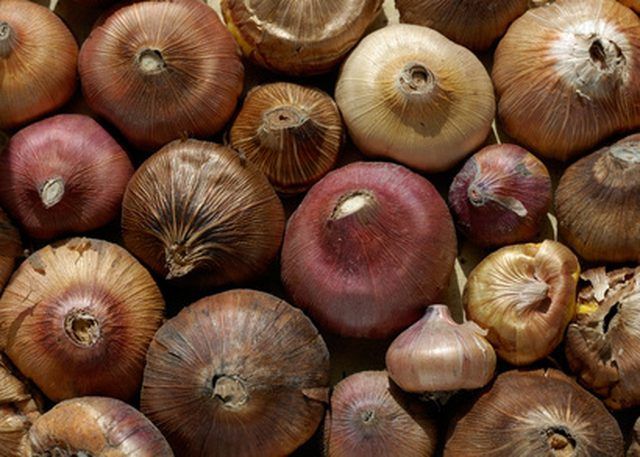Bulbs
Flower Basics
Flower Beds & Specialty Gardens
Flower Garden
Garden Furniture
Garden Gnomes
Garden Seeds
Garden Sheds
Garden Statues
Garden Tools & Supplies
Gardening Basics
Green & Organic
Groundcovers & Vines
Growing Annuals
Growing Basil
Growing Beans
Growing Berries
Growing Blueberries
Growing Cactus
Growing Corn
Growing Cotton
Growing Edibles
Growing Flowers
Growing Garlic
Growing Grapes
Growing Grass
Growing Herbs
Growing Jasmine
Growing Mint
Growing Mushrooms
Orchids
Growing Peanuts
Growing Perennials
Growing Plants
Growing Rosemary
Growing Roses
Growing Strawberries
Growing Sunflowers
Growing Thyme
Growing Tomatoes
Growing Tulips
Growing Vegetables
Herb Basics
Herb Garden
Indoor Growing
Landscaping Basics
Landscaping Patios
Landscaping Plants
Landscaping Shrubs
Landscaping Trees
Landscaping Walks & Pathways
Lawn Basics
Lawn Maintenance
Lawn Mowers
Lawn Ornaments
Lawn Planting
Lawn Tools
Outdoor Growing
Overall Landscape Planning
Pests, Weeds & Problems
Plant Basics
Rock Garden
Rose Garden
Shrubs
Soil
Specialty Gardens
Trees
Vegetable Garden
Yard Maintenance
How to Plant Gladiolus in Pots
How to Plant Gladiolus in Pots. Also known as sword lilies, gladiolas produce large, showy flowers that come in a variety of colors. Suitable for both ground and container planting, gladiolas grow from corms that are similar to bulbs except for the bud that protrudes from the top. If you do not have the space for an outdoor garden, you can plant...

Also known as sword lilies, gladiolas produce large, showy flowers that come in a variety of colors. Suitable for both ground and container planting, gladiolas grow from corms that are similar to bulbs except for the bud that protrudes from the top. If you do not have the space for an outdoor garden, you can plant gladiolus corms directly into pots, which you can display on your patio or terrace throughout the spring and summer.
Things You'll Need
12-to-16 inch containers
Potting soil
Play sand
Gladiolus corms
Fill the containers, with a damp mixture of 50 percent potting soil and 50 percent play sand, in the early fall. Fill the container ? full with the soil and sand mixture. Make sure that the containers have drainage holes in the bottom.
Dig holes in the soil mixture for the gladiolus corms. Dig the holes 6 inches deep and 6 inches apart. Place the corms in the holes with the flat side down, bud side up.
Place the containers in a spare refrigerator, basement or root cellar. The storage area should have a constant temperature of approximately 45 degrees. Light is not a necessity during this dormancy period.
Bring the pots outdoors in the spring when the gladiolus shoots begin to pop up through the soil. Place the pots in a warm, sunny area.
Water the gladiolas by soaking the soil with a watering bucket. Provide enough water that it seeps through the soil and out the drainage holes. Keep the soil moist at all times, watering whenever necessary.
Allow the gladiolas to die back in the fall. Wait for the leaves to turn yellow and cut the foliage down the soil line. Dig up the corms and fill the pots with a new batch of potting mix to repeat the dormancy process.
Tips & Warnings
Do not cut your gladiolas down before they die back and turn yellow. The dying back process is important to the growth of the corm the following year. During the dying back process, the corm gathers energy from the sun, through the leaves. Cutting off the leaves before the process is through may affect the new spring blooming process.